Tag/pink ride on cars for big kids
-
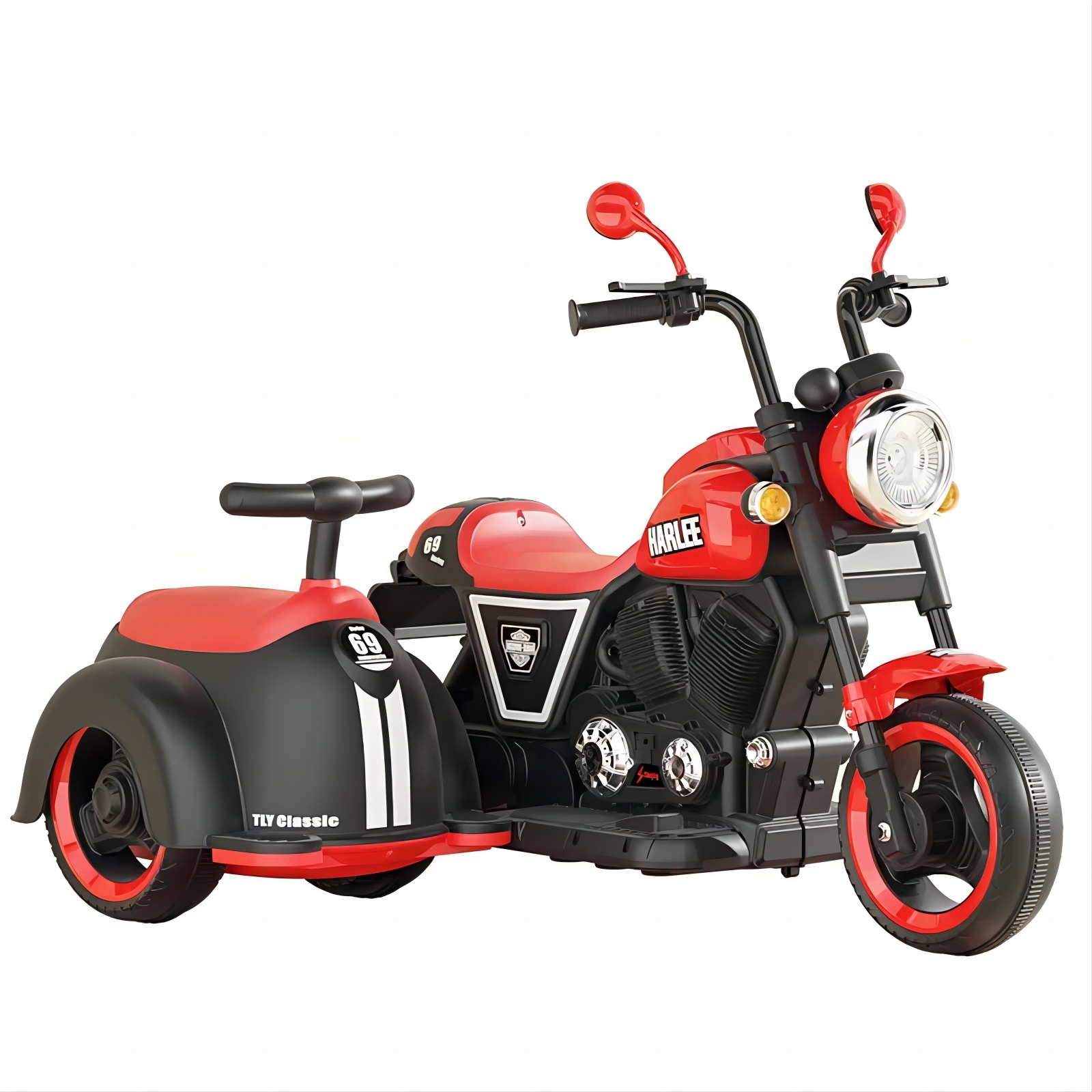 Double Drive Kids Electric Motorcycle With Music And Early Education
Double Drive Kids Electric Motorcycle With Music And Early Education -
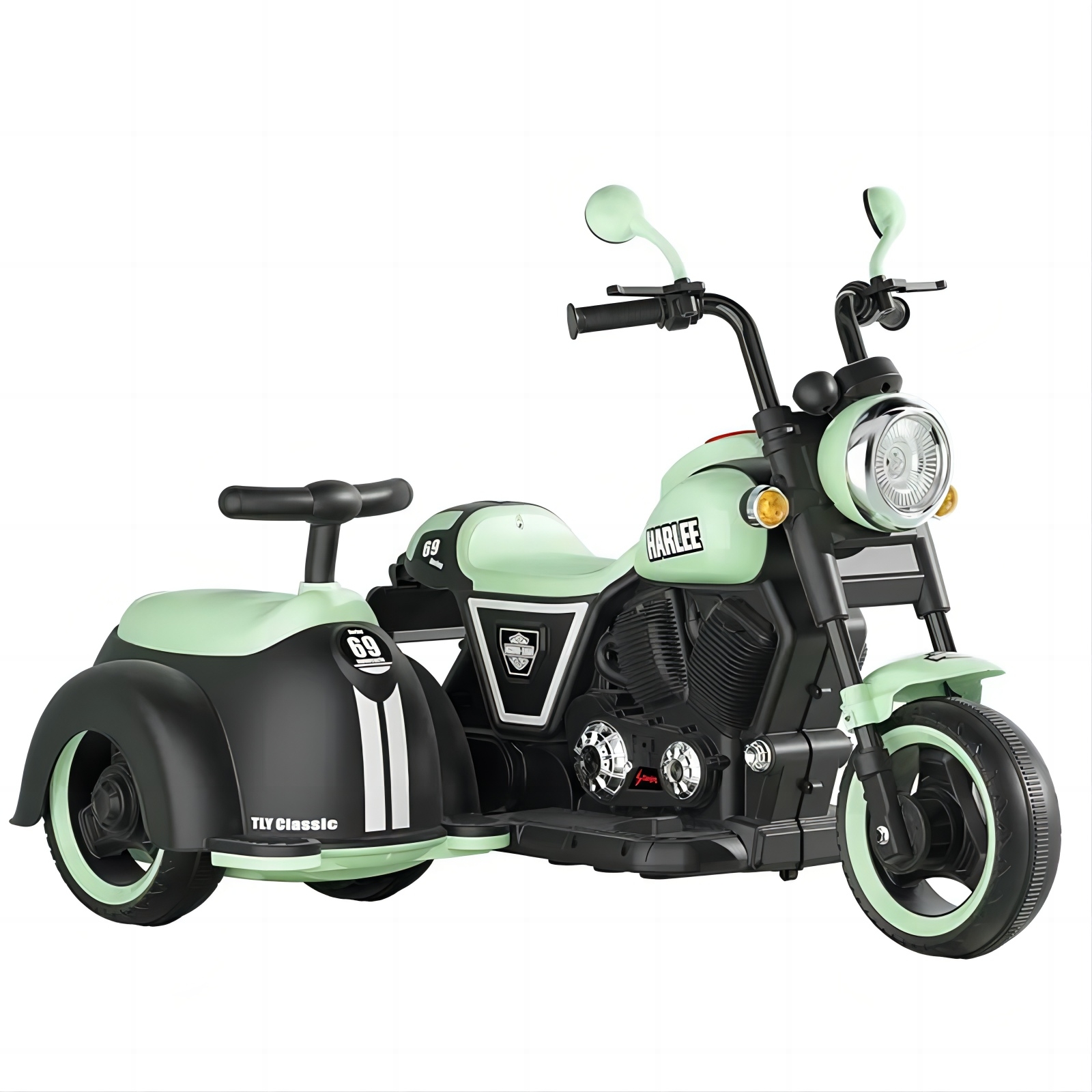 Twin Kids Electric Motorcycle with Double Drive And Big Battery
Twin Kids Electric Motorcycle with Double Drive And Big Battery -
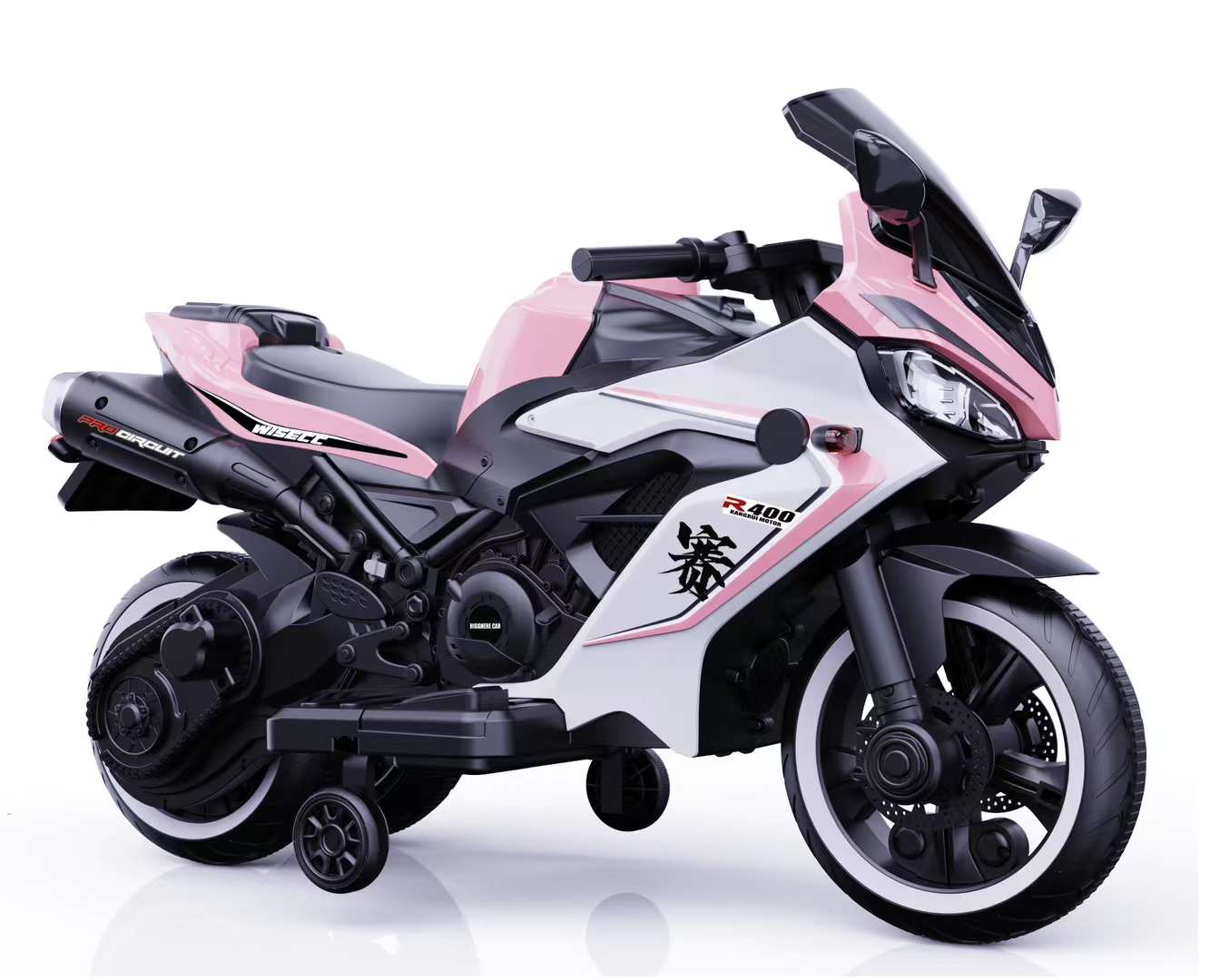 Kids Electric Motorcycle New Model With Early Education Baby Car
Kids Electric Motorcycle New Model With Early Education Baby Car -
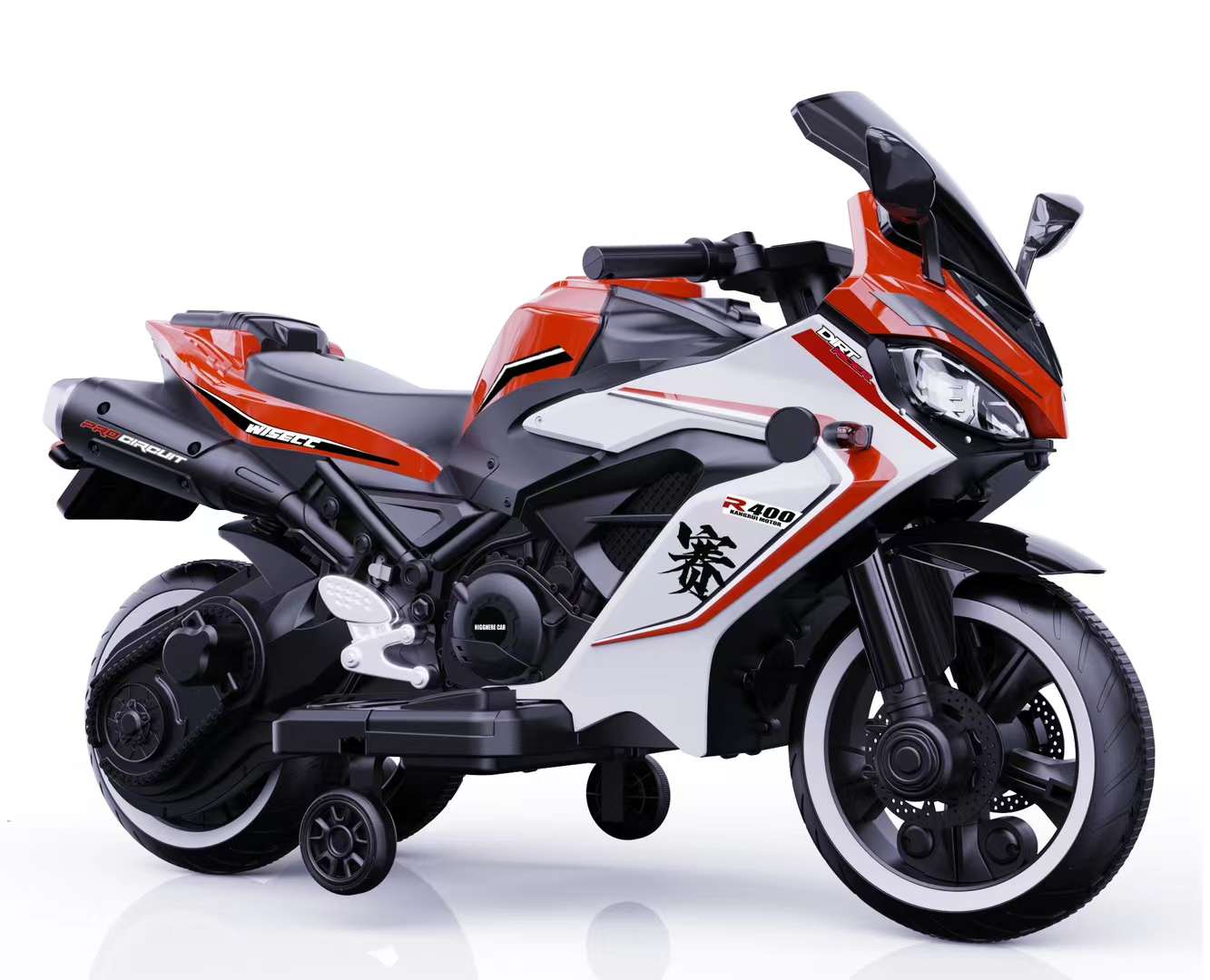 Kids Electric Motorcycle New Model With Early Education Baby Car
Kids Electric Motorcycle New Model With Early Education Baby Car -
 Kids Electric Motorcycle/Kids Ride on car/Cute Rabbit Children's Best Toy
Kids Electric Motorcycle/Kids Ride on car/Cute Rabbit Children's Best Toy -
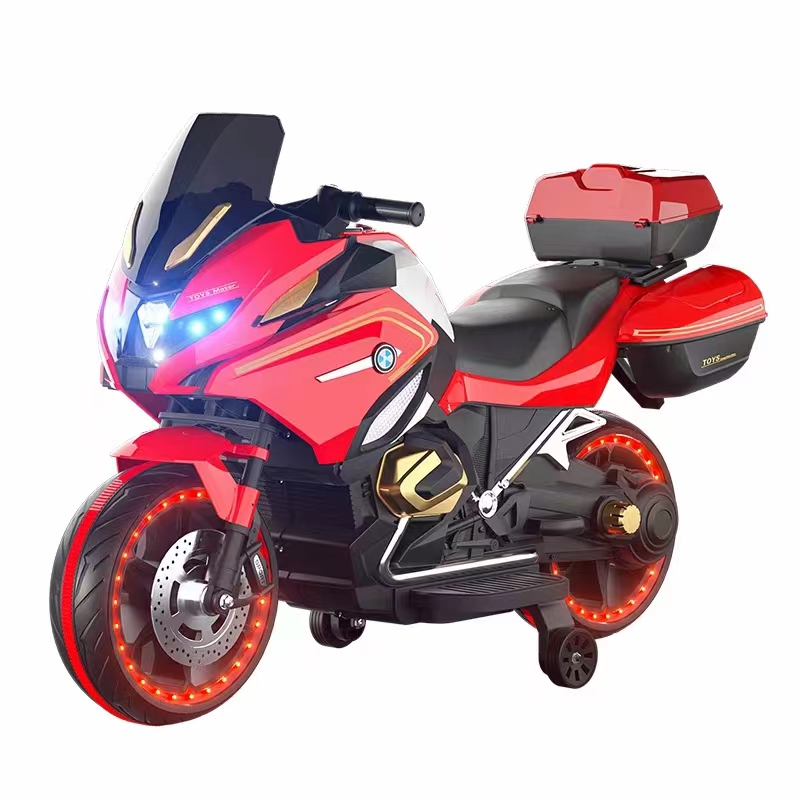 New Kids Electric motorcycle 12V Big Battery Double motor Power Display
New Kids Electric motorcycle 12V Big Battery Double motor Power Display -
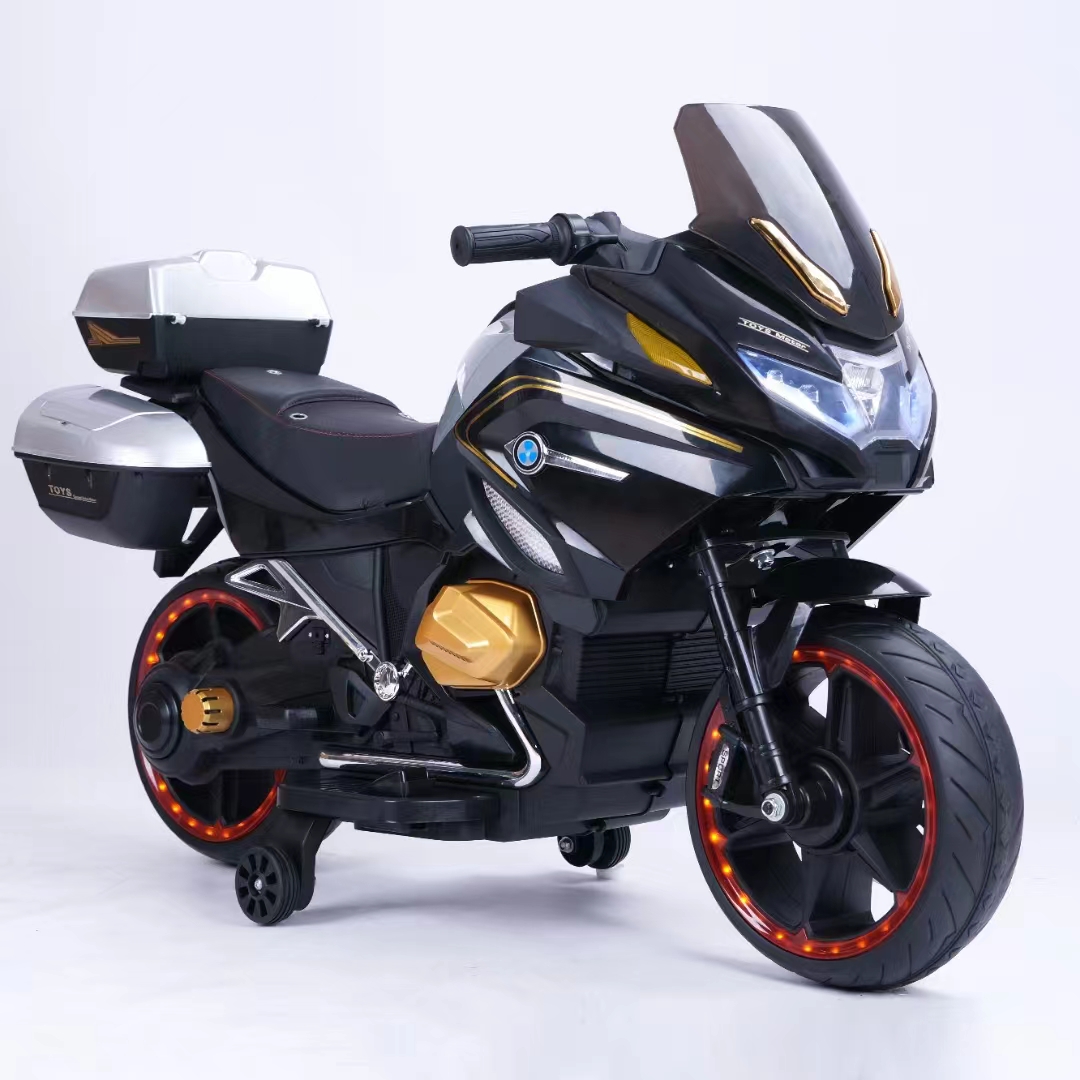 New Kids Motorcycle 12V Large Battery Double Motor Motorcycle
New Kids Motorcycle 12V Large Battery Double Motor Motorcycle -
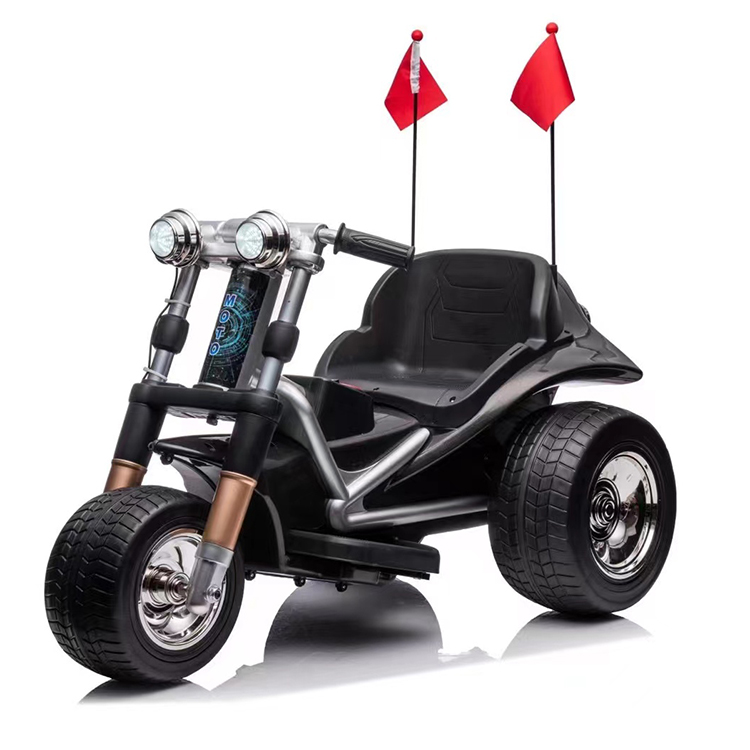 New model kids electric motorbike baby battery power charging ride on police motorcycle
New model kids electric motorbike baby battery power charging ride on police motorcycle -
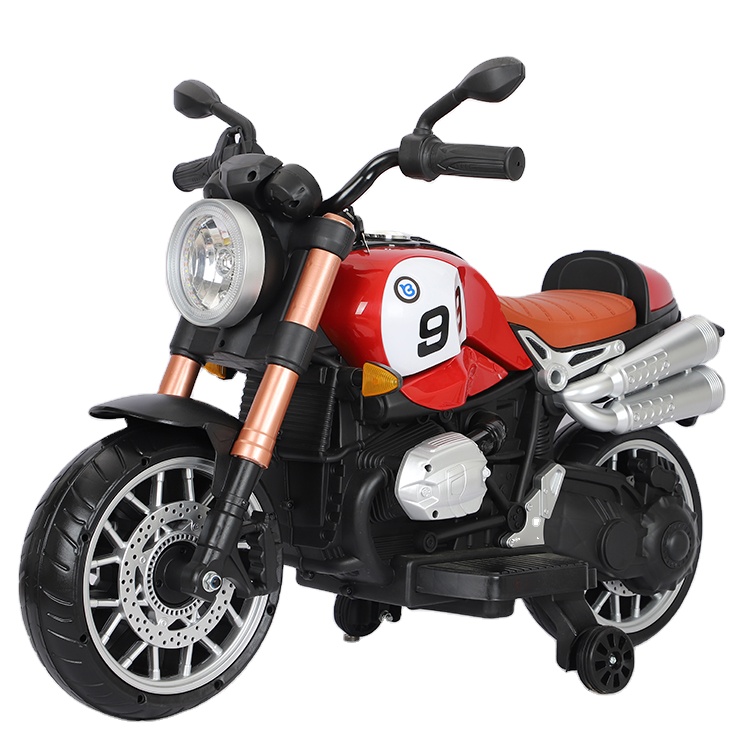 Ride on bike baby toys car children electric Motorcycle kids electric motorcycle for kids to drive
Ride on bike baby toys car children electric Motorcycle kids electric motorcycle for kids to drive -
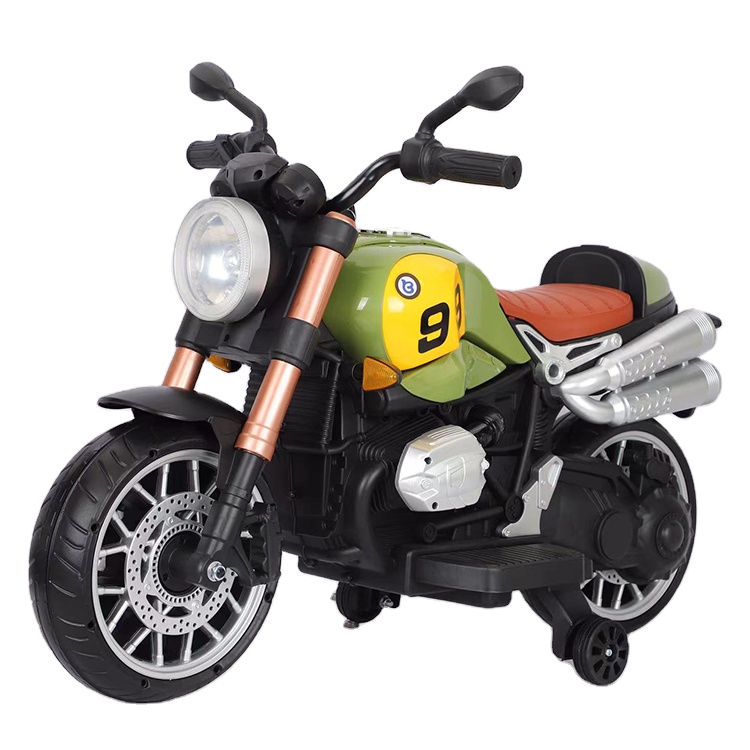 Newest Electric Children Ride on Motor Bike for Kids
Newest Electric Children Ride on Motor Bike for Kids
Produtct Title
pink ride on cars for big kids-
Hot sell kids electric motorbike baby battery power tow wheels charging ride on toy police motorcycle
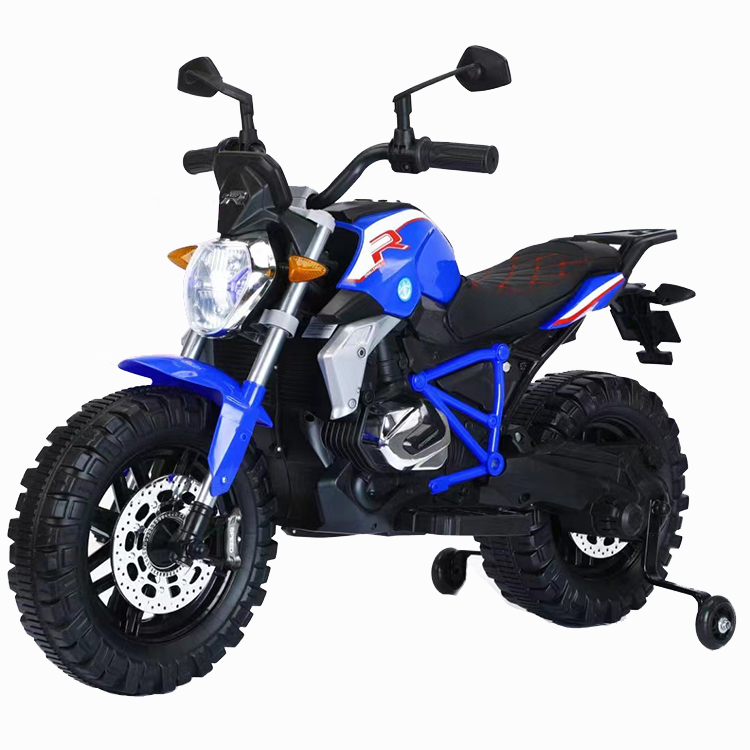
-
Baby Electric Off Road Motor Bike Kid Toy Ride On Motorcycle Children Battery Motorbike
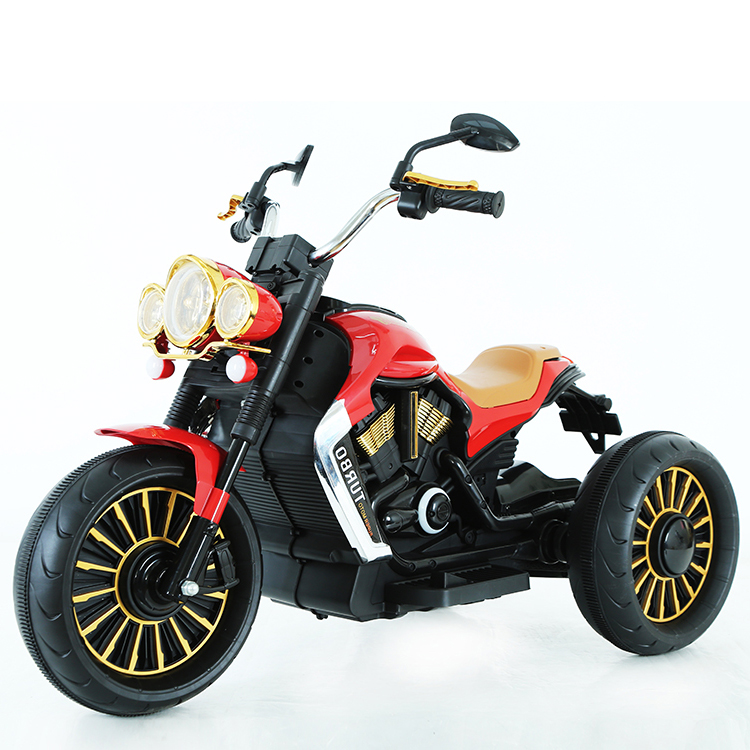
-
Hot sell children electric motorbikes boy girl baby battery operated charging ride on motorcycle
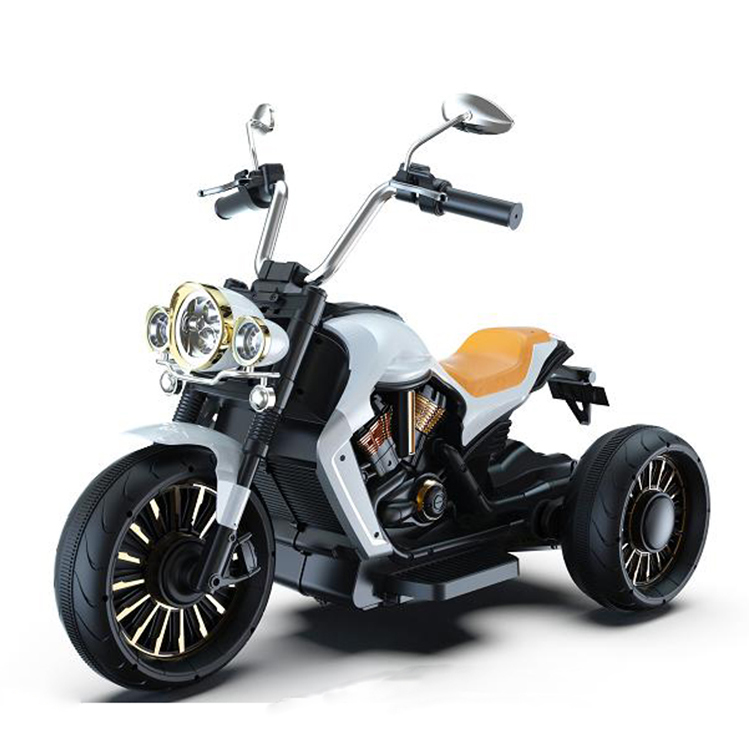
-
Factory wholesale plastic electric high quality police children's ride on car kids motorcycle toys

-
kids electric motorcycle/kid ride on car cheap factory children's electric scooter
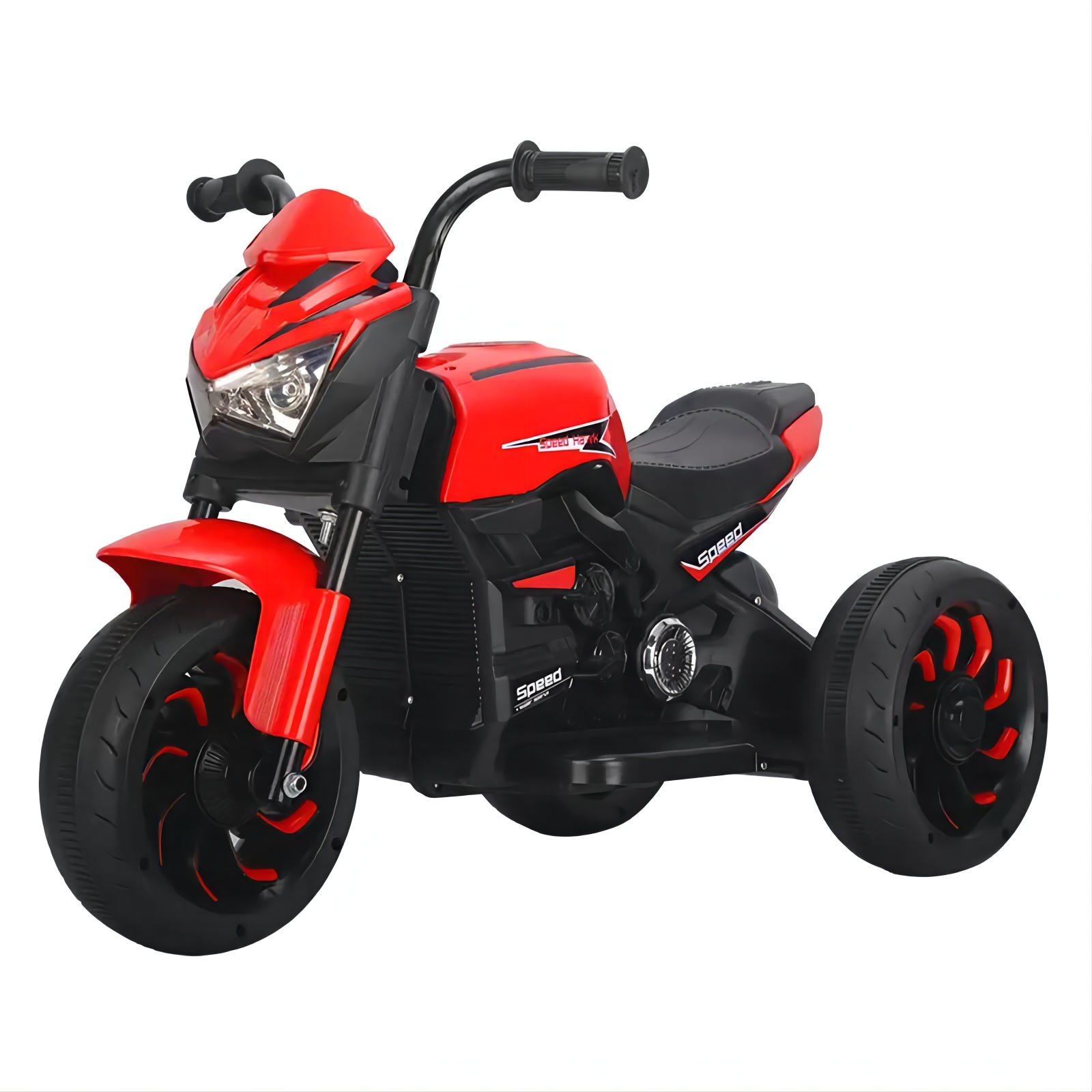
-
Kids cheap ride on mini motorcycle with music lights battery three wheels motorcycle electric motorbike
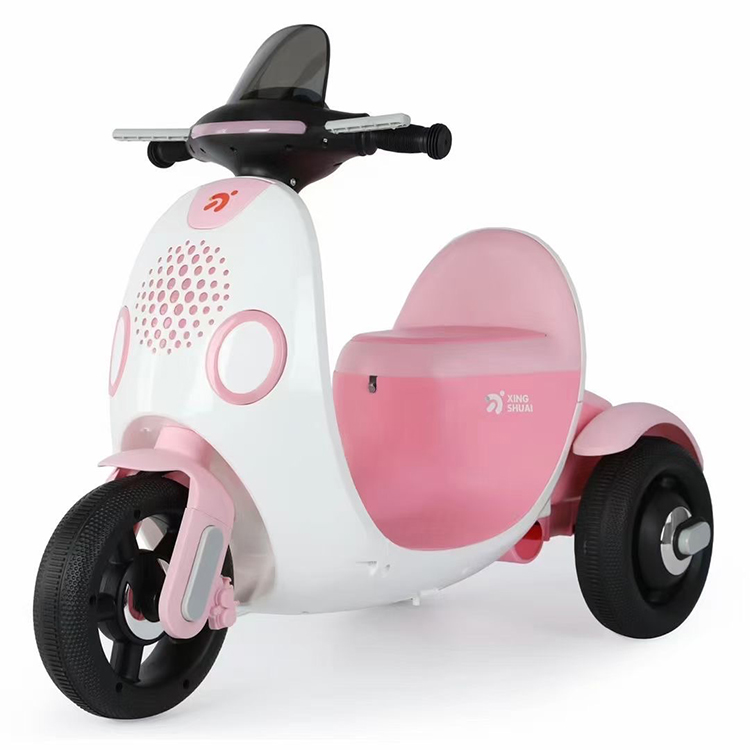
-
New fashionable design kids rechargeable toy motorcycle/electric motorbike for children
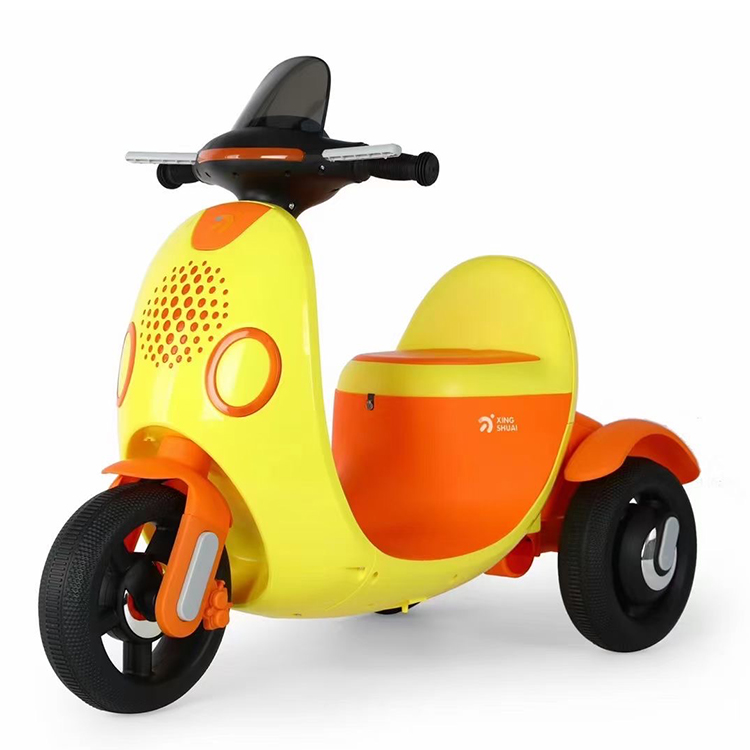
-
Kids ride on battery operated charging motorbike baby outdoor police toy motorcycle
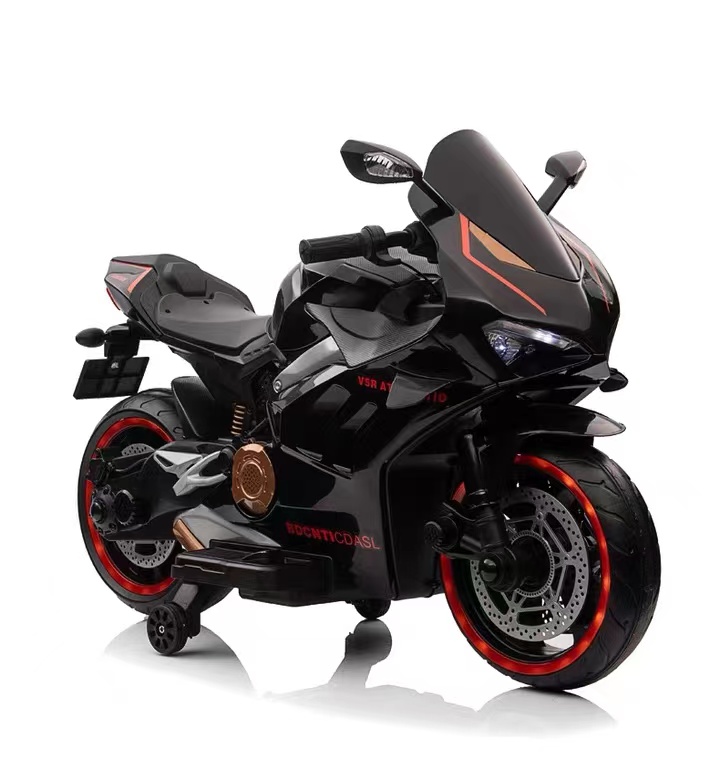
-
Kids electric big size motorbikes baby charging ride on police motorcycle
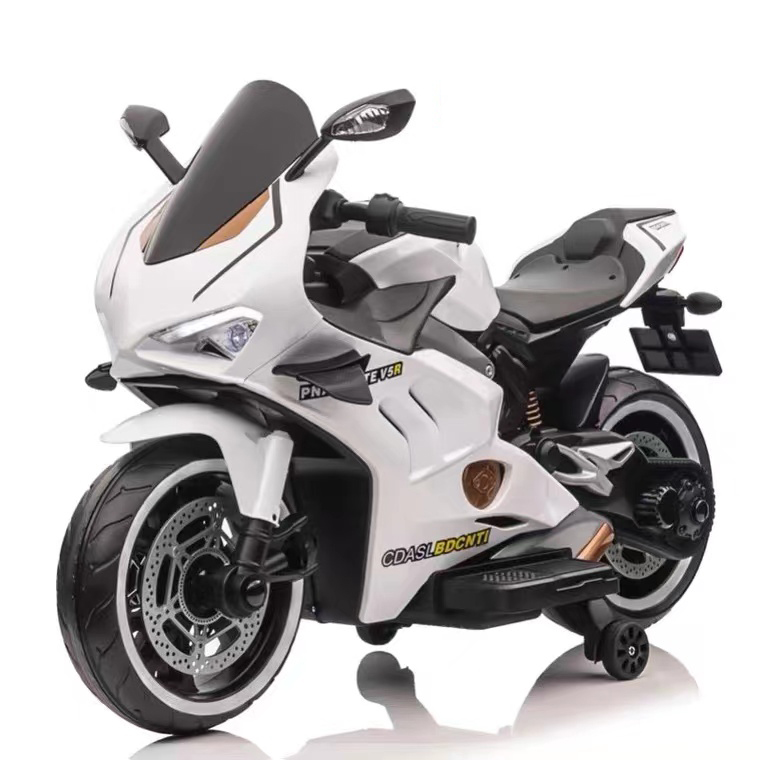
-
Kids Ride On Car Hot Sell Electric Motorcycle For Kids
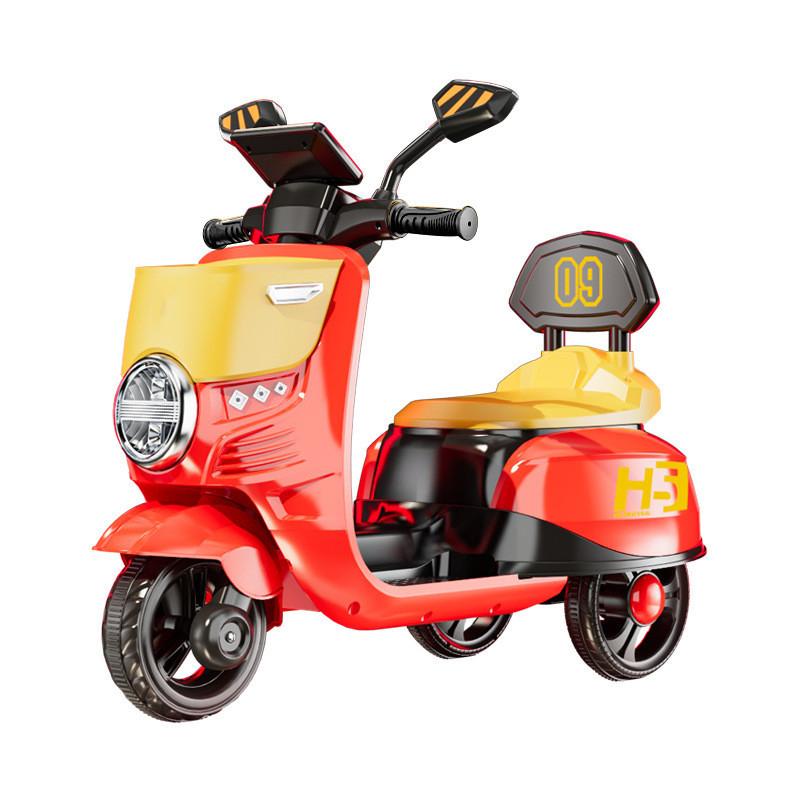
-
Ride on toys four wheels car for kids
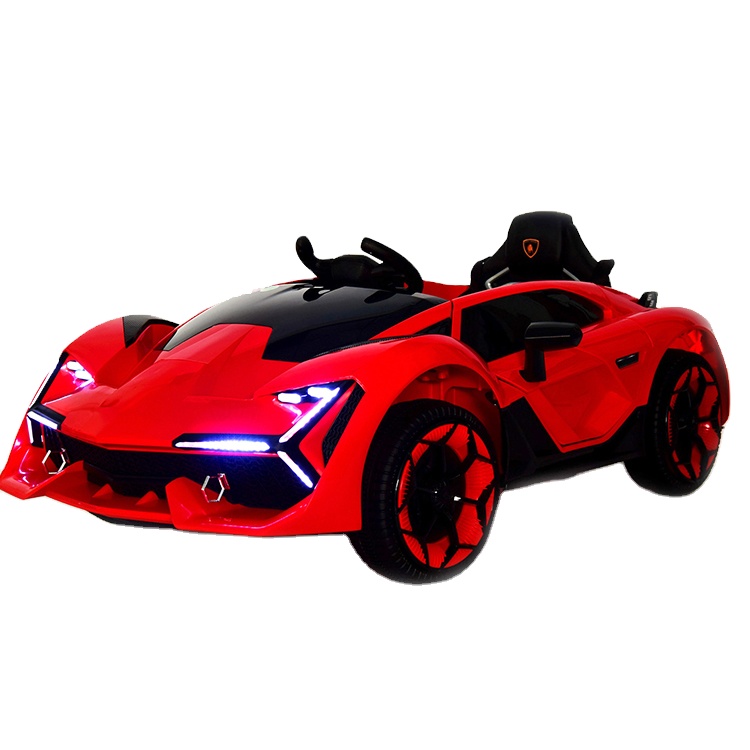
-
Kids Car Electric Kids Ride On Car With Cool Light Music
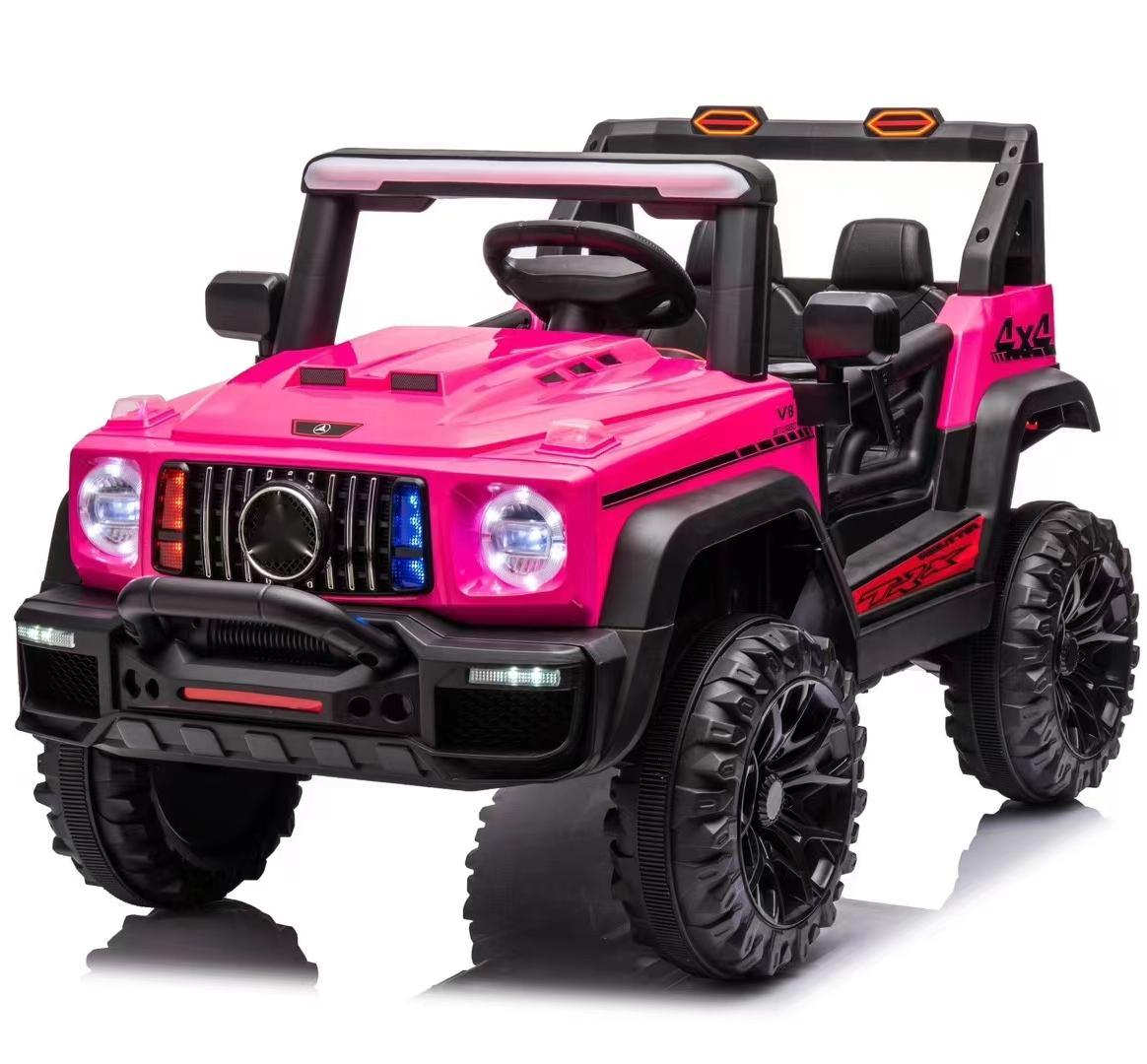
-
wholesale new model mini 6V baby ride on kids motorcycle electric kids car with music and lights/cool children motorcycle hot
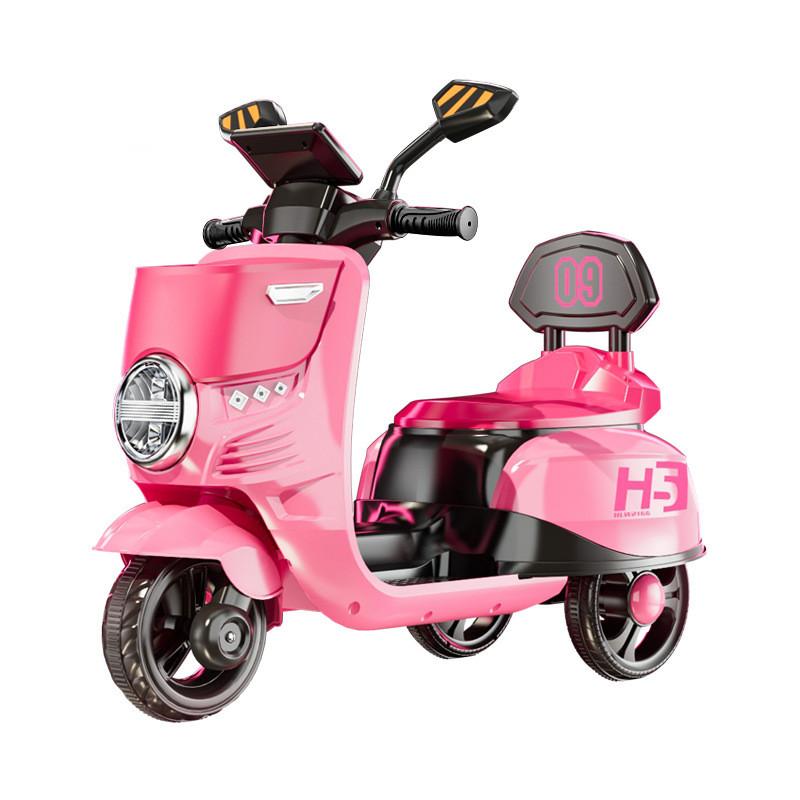
-
newest big baby toy car cheap manual sport kids baby toy car ride on

Related News
-
2025-01-14how to find a reliable supplier for kids ride on carsIf you're in the market for kids ride on cars, finding a reliable supplier is crucial to ensure the quality and safety of the products you're purchasing. With so many suppliers out there, it can be overwhelming to decide which one to choose. Here are some tips to help you find a reliable supplier for kids ride on cars:
-
2025-01-14How to Carry Out Daily Maintenance of Electric Children's Toy Cars to Prolong Their Service LifeElectric children's toy cars are popular among kids for their fun and excitement. However, to ensure their longevity and keep them running smoothly, it's essential to carry out daily maintenance. Here are some tips on how to maintain electric children's toy cars:
-
2025-01-14How to choose ride-on toys for children of all agesRide-on toys are a popular choice among parents looking for toys that promote physical activity and outdoor playtime. However, with so many options available on the market, it can be challenging to choose the right one for your child. Here are some tips on how to choose ride-on toys for children of all ages
-
2025-01-14how to choose a ride-on car for children of all ageshow to choose a ride-on car for children of all ages
-
2025-01-14Sparking Wonder: Unveiling Our Cutting-Edge Children's Electric Ride-On Car with Dazzling LightsHebei Lingfei Children Toys company , a trailblazer in the realm of children's recreational produ
-
2024-01-30How RC CARS Work?As a kid, it is usually a great thrill to play and race RC cars around the home and yard. The thing even becomes more fun as an adult with the only factor limiting the excitement being the quality of your RC car. Despite the invention of drones, there is something oddly satisfying about RC cars.
-
2024-01-30The Many Benefits of Remote Control Cars for KidsPrying your children away from their computers, video games, and cell phones can be a major struggle. You’d prefer they were outside, getting exercise and making friends. But how do you make that happen? It’s not impossible. The solution could be as simple as introducing them to remote control cars for kids.
-
2024-11-22How the Parental Remote Works on a Kids Electric CarEven though deep down, you know your child isn’t likely to do something that will end in an injury for them, it’s impossible not to worry about them—it’s human nature. That’s why when you buy your kid a ride-on toy, it’s reassuring to purchase one that comes with a parental remote. That way, if you see your kid driving toward something they shouldn’t be, you can grab the remote and stop them instead of running after them.
-
2024-11-22Using Remote Controlled Cars to Work on Fine Motor Skills and Coordinationne year ago we realized after testing that my oldest son (just turning 4 years old at the time) had a fine motor delay of more than 18 months! We knew his fine motor skills were delayed but we had no clue how bad it was! After 6 months of occupational therapy he had caught back up to his age appropriate level, but I am always looking for ideas to continue to strengthen those skills. One of the ways to REALLY fine tune his coordination skills is by racing cars! Over the weekend I had the opportunity to attend SheCon here in Florida (a blogger’s conference) and the wonderful rep from Toy State Industrial sent this AWESOME DUB Garage Control Freakz remote control car home for my son!! Oooooh he was SO excited & has been begging me for a remote control car for months! This car is really cool – it even has lights underneath the car & on the rear wheels!
-
2024-11-225 Big Benefits of Remote-Control Cars for KidsAt Kidsonwheelz, we’re really proud of our super cool RC car collection. In fact, we house some of the most awesome remote-control toy cars available. They are interesting devices, but also a symbol of pure joy for the entire family. Everybody in the family can have fun playing with a remote-control car. There is no age restriction to the sheer brilliance of this fun experience.
-
2024-01-30Can Toddlers Play With RC Cars?As a parent of a toddler, you might often land in the dilemma of whether to allow him to play with RC cars or not. In the age of endless toys, selecting appropriate toys for your little ones can be difficult.Especially when buying a remote control car, it can be tough to anticipate whether a toddler will be safe playing with them or not. This guide will explore the potential benefits and risks of toddlers playing with RC cars.By the end of this article, you will know the right tricks to ensure a safe and enjoyable time for yourself and your tiny racer.
-
2024-02-27Battery-powered toy car-Understanding the Lifespan of Kids' Toy Car BatteriesWhen it comes to kids' toy cars, the fun and excitement they bring can be limitless. However, like any other battery-powered device, these toy cars have a limited lifespan for their batteries.Understanding the lifespan of kids' toy car batteries is crucial for parents and guardians to ensure uninterrupted playtime for their little ones. In this article, we will delve into the different types of toy car batteries and explore the factors that affect their lifespan.We will also provide valuable tips on how to maximise the longevity of these batteries, enabling your child to enjoy their toy car to the fullest.
-
2024-02-27Battery-powered toy car-How do electric cars work? By harnessing the magic of magnetism.To begin with, an ICE vehicle relies on a tank of gasoline or diesel to get the energy it needs. An EV, on the other hand, requires a battery system, which consists of a multitude of individual cells. And just like a gas tank, the battery cells store energy. “But [a battery cell] also produces power—and the power is a result of the voltage of that particular cell, and the current it’s able to output,” says Charles Poon, the global director of Electrified Systems Engineering at Ford, which makes the Mach-E, the F-150 Lightning, and the E-Transit electric vehicles. He describes the battery as the car’s heart.Battery design in EVs will differ between automakers, and one of the main ways is the shape of their cells. To make things a bit more tangible, consider the Mach-E, an electric car that descends from a famous line of gas-burning vehicles that gave birth to the term “pony car.” The cells in the Mach-E are in pouch form, whereas other batteries in the market have cylindrical cells (Tesla uses those) or prismatic cells. A Mach-E battery system has hundreds of cells. The lithium-ion-based electric car batteries can also have slightly different chemistries. For example, a Mach-E can come with nickel, cobalt, and manganese (NCM) batteries or lithium iron phosphate (LFP) batteries. The former are known for being able to hold power for longer and performing well in cold temperatures, while LFP batteries are less expensive and can charge up faster.
-
2024-02-27Battery-powered toy car-How Do Electric Cars Work?Unlike gas-powered vehicles, electric vehicles (EVs) do not require internal combustion engines to operate. Outfitted with an electric motor and rechargeable battery pack, EVs move along our roadways without burning up gasoline, or producing harmful exhaust emissions, while generating less noise pollution.Here’s a basic rundown of how electric cars work: EVs receive energy from a charging station and store the energy in its battery. The battery gives power to the motor which moves the wheels. Many electrical parts work together in the background to make this motion happen.Interested in learning about the advanced technology behind the Nissan LEAF? Explore all that the Nissan LEAF has to offer by building your own today.
-
2024-02-27Kids electric car-HOW DO ELECTRIC CARS WORK?You’ve probably heard about electric cars, but do you know how they work?Electric cars, often called EVs, use electricity instead of gasoline or diesel to power their engines.EVs have become a popular choice among car buyers, due to the many advantages they offer.In this article, you’ll learn about how electric cars work, the benefits they offer, the different types of electric cars, and the challenges they face.With this knowledge, you’ll be able to decide if an electric car is the right choice for you.Click here to learn more about how electric cars work.
-
2024-02-27Ride-on toy-How Do Battery Electric Cars Work?Battery electric vehicles, or BEVs, use electricity stored in a battery pack to power an electric motor and turn the wheels.When depleted, the batteries are recharged using grid electricity, either from a wall socket or a dedicated charging unit. Since they don’t run on gasoline or diesel and are powered entirely by electricity, battery electric cars and trucks are considered “all-electric” vehicles.When driven, BEVs don’t produce tailpipe pollution—they don’t even have a tailpipe. However, the electricity they use may produce heat-trapping gases and other pollution at the source of its generation or in the extraction of fossil fuels. The amount of pollution produced depends on how the electricity is made. In the United States, battery electric cars charged off the dirtiest coal-dominated grid still produce less pollution than their gasoline-powered counterparts. BEVs powered by renewable energy sources like wind or solar are virtually emission-free.Not using gasoline or diesel also means that battery electric cars are significantly cheaper to fuel than conventional vehicles. Exact comparisons depend on the vehicle model and fuel prices, but driving a BEV can save drivers over $1,000 annually in gasoline money.
-
2024-02-27Kids electric car-Here Are All the EVs That Qualify for $7,500 Federal Tax Credits in 2023Worried about your electric vehicle? Keep it safe with Car InsuranceGetting a free quote is the first step to protecting your investment. Click on your state below to get started.HawaiiAlaskaFloridaSouth CarolinaGeorgiaAlabamaNorth CarolinaTennesseeRIRhode IslandCTConnecticutMAMassachusettsMaineNHNew HampshireVTVermontNew YorkNJNew JerseyDEDelawareMDMarylandWest VirginiaOhioMichiganArizonaNevadaUtahColoradoNew MexicoSouth DakotaIowaIndianaIllinoisMinnesotaWisconsinMissouriLouisianaVirginiaDCWashington DCIdahoCaliforniaNorth DakotaWashingtonOregonMontanaWyomingNebraskaKansasOklahomaPennsylvaniaKentuckyMississippiArkansasTexas
-
2025-01-1412v vs. 24v Ride-On Vehicles: What’s the Difference? Kids CarKids are obsessed with ride-on cars, and we don’t blame them! They get to feel like an adult, driving around the yard, playing to their heart’s content. Before you purchase one for your child, it’s important to understand the differences between 12v and 24v ride-on cars. You can make an educated decision about which motor best suits the kids.
-
2025-01-1412V VS 24V KIDS RIDE-ON CARS: WHICH IS RIGHT FOR YOUR CHILD? Kids CarIf you’re looking to buy a ride-on car for your child, you may have noticed that they come in different voltages, typically 12V or 24V. But what’s the difference between them, and which one is right for your child? In this post, we’ll explore the main differences between 12V and 24V kids ride-on cars.
-
2025-01-14What is the Difference Between 12V and 24V Kids Cars? Kids CarIt’s always a fun time to be a kid. You get to roam around and play all day, just bursting with so much energy. One of the best past times a kid can use to release this big jolt of energy is playing with an electric toy car.
Related Search
- children's electric cars
- kids ride-on cars
- electric toy cars for kids
- toddler electric cars
- battery operated cars for children
- powered ride-on toys for kids
- electric cars for toddlers
- remote control cars for kids
- kids electric vehicles
- motorized cars for kids
- kids ride-on motorcycles
- electric toy motorcycles for kids
- remote control motorcycles for kids
- kids electric vehicles - motorcycles
- motorized motorcycles for kids
- kids' kick scooters
- electric scooters for kids
- balance scooters for kids
- folding scooters for kids
- kids' stunt scooters
- kids' pedal scooters
- kids' trikes
- balance trikes for kids
- electric tricycles for kids
- pedal tricycles for kids
- 3-wheel scooters for kids
- kids' ride-on tricycles
- folding tricycles for kids
- kids' electric quad bikes
- electric atvs for kids
